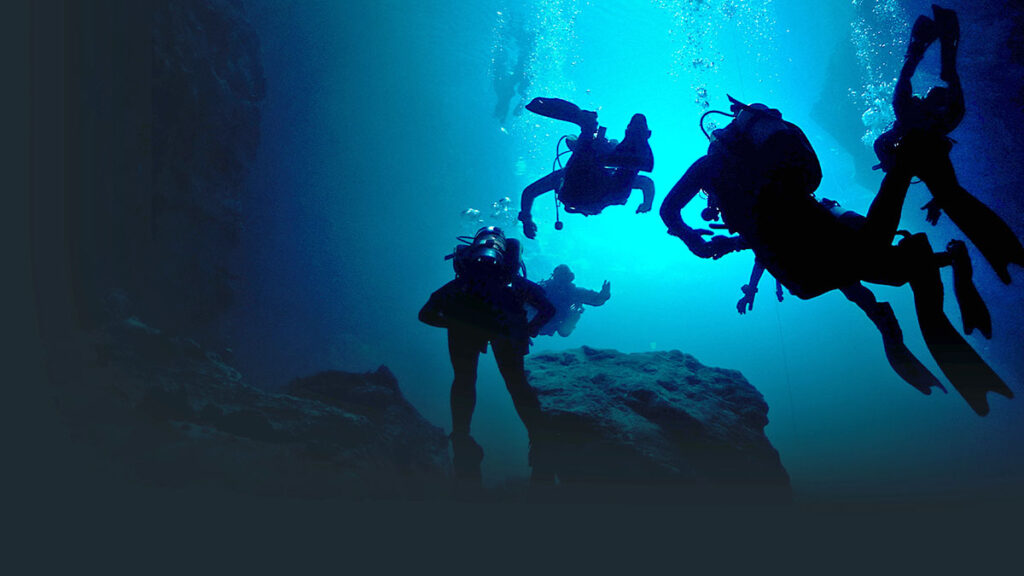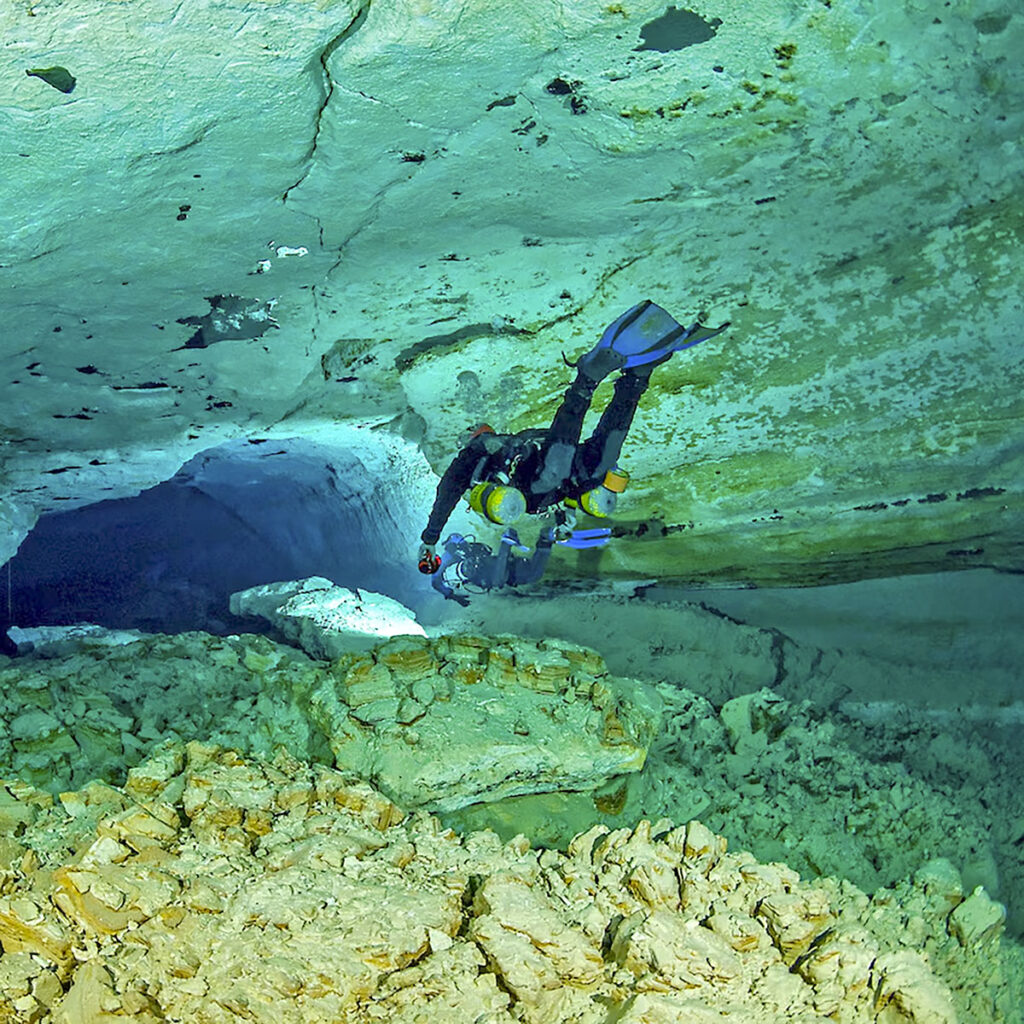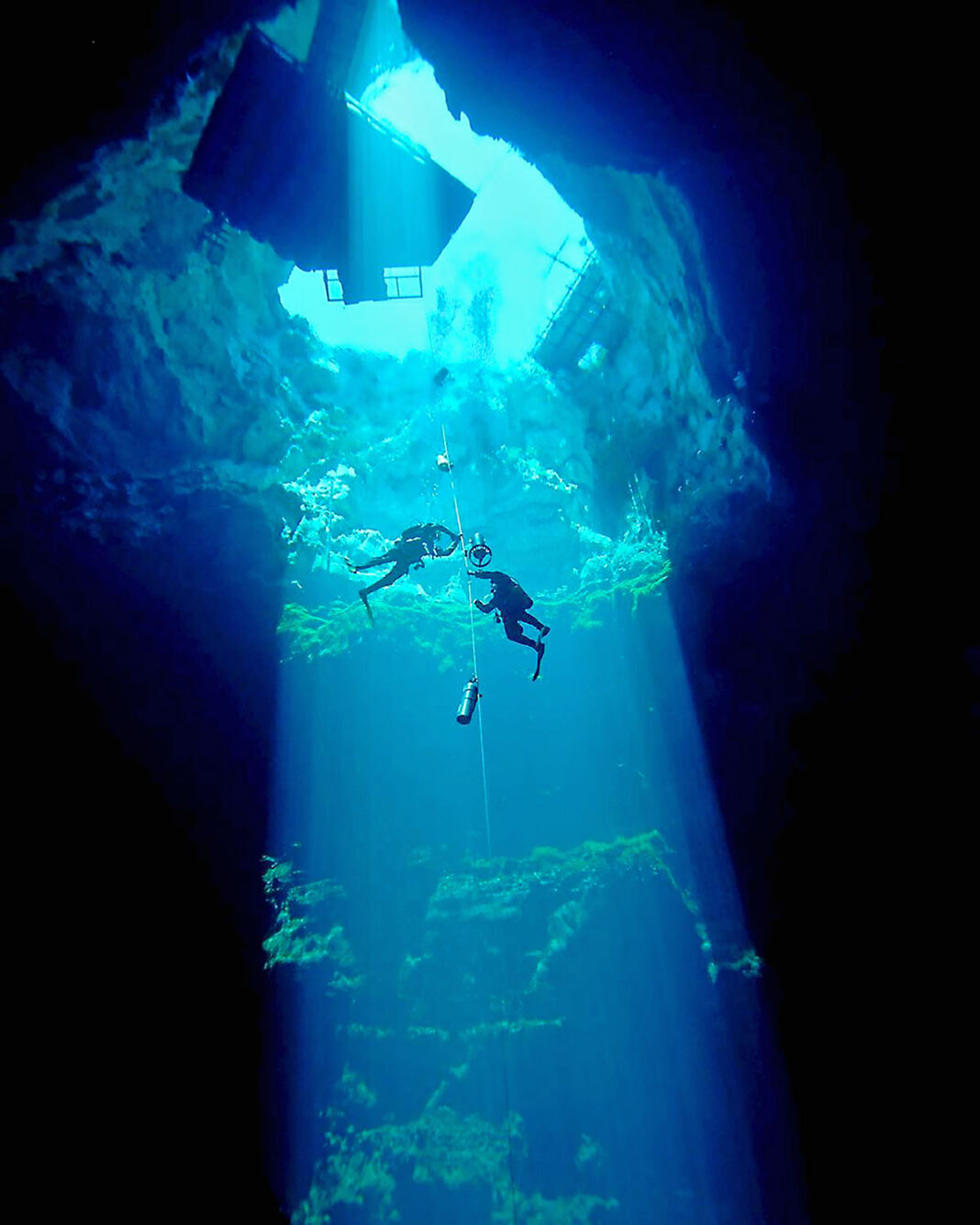Aworld renowned cave diver and former Australian of the Year has expressed his concerns about the future of two local ponds in the South East.
Ewens Ponds was closed to water activities in June due to low water levels while Piccaninnie Ponds has been closed to aquatic activities for more than a year following “an outbreak of filamentous algae” at the site.
New SA Lieutenant Governor Dr Richard Harris, an anaesthesiologist famous for his crucial role in the 2018 Thailand cave rescue, said the bodies of water in the South East were unique to the area.
“I think there is nowhere that I have dived in the world that has anything quite like the Mount Gambier caves and sinkholes,” he said.
“They are different and they are unique and therefore they are beautiful to me.
“Coastal springs like Ewens Ponds and Piccaninnie Ponds are very, very unique in fact and there are not many places around the world that have sites like that at all. They are particularly different and unique to our area.
“It’s really important for tourism, they’re iconic sites, I know a lot of people come down to the South East to visit those places and … it draws people certaintly from around the country, if not the world.”
Dr Harris said the happenings in the local ponds could indicate a “tipping point”.
“I am worried that what is happening at Piccaninnie Ponds and the recent dropping in levels in Ewens Ponds could potentially represent a tipping point, one of these moments where if it actually spirals out of control we could be facing a local disaster,” he said.
“I am worried about the water in general but … I think they are the ones that have the most fragile ecosystems because they are coastal springs and they were very much less effected traditionally by the local industry and agriculture and were so full up until this point.

“There is an amazing biodiversity around those wetlands that is pretty unique to that area and lots of conservation significant species that would be endangered if those systems deteriorated much further.
“When they start to be affected by what we are doing and by any changes in the rainfall and the climate, then it seems to be particularly precarious in the way they are effected.
“We probably do not understand it well enough and if we find that we have gone too far or let it deteriorate too far then suddenly there’s no getting it back so let’s just act early rather than try and clean up the mess later.”
Dr Harris said he went diving in Piccaninnie Ponds not long before it closed and noted the unfortunate state it was in at the time.
“The last time I did dive in there it was well and truly on the turn, I mean it was looking terrible even at that stage so it sounds like it’s worse again now,” he said.
“I do want to be clear that I’m not an expert in the management of water or any of the scientific requirements that lead you to have a strong opinion about what’s going on so I am just a citizen scientist who has been observing the area for three decades.
“I am definitely seeing changes and also getting to know people in the area and talking to the farmers and national parks people and so forth and there are a lot of people concerned about the trends at the moment.
“Piccaninnie unfortunately is the classic example with the deterioration of all the aquatic plants and this overgrowth of filamentous algae in the pond so something has disturbed that balance and it is looking pretty dreadful to be honest.
“I hope it’s not too late for Piccaninnie Ponds because that would be very sad indeed.
“Ewens Ponds, we’re getting lots of warning signs I think from around that area including various springs getting dry or getting brackish when they were not before and water levels low in Ewens Ponds. The next thing we might see is an algae overgrowth in there for example and let’s do something before we go any further down that path.”

A Department for Environment and Water spokesperson said water levels at Ewens Ponds have dropped by about 50cm below normal levels.
“Investigations are under way to determine the cause of the significant reduction in water level but is potentially due to a combination of very low rainfall, groundwater level decline and recent scheduled drainage maintenance to remove vegetation in Eight Mile Creek,” the spokesperson said.
“The ponds have been closed to protect the nationally significant ecosystem.
“Lower water levels make snorkelling and diving difficult and increase the likelihood of delicate aquatic vegetation being damaged by water users as they move between the ponds.
“Department for Environment and Water staff have undertaken initial monitoring of the ponds and will continue to monitor the site over the coming months.”
A Department for Environment and Water spokesperson said the Piccaninnie Ponds site is a unique combination of karst rising spring and coastal fen (peat accumulating) wetlands fed predominantly from groundwater inflows.
“Monitoring has shown an increase in algae within the wetland that is believed to be partially in response to reduced inflows through the groundwater system into the karst springs, creating conditions that encourage increased algal growth and reducing water clarity,” the spokesperson said.
“The Department for Environment and Water is working with the Limestone Coast Landscape Board, South-East Water Conservation and Drainage Board and local experts to explore why this is happening, how it can be managed and undertake further investigations.
“During the current closure, National Parks and Wildlife Service is trialling site remediation techniques as well as monitoring water quality and site conditions.
Due to algae increase, the ponds are now closed for water-based activities, including diving and snorkelling. While not believed to be harmful, the algae has reduced visibility in the ponds and affected aquatic vegetation.”
Dr Harris said he thinks perhaps the ponds could be compared to the Murray Darling in that a solution might be to reserve a certain amount of water for an environmental flow.
“There has to be a minimum amount of water always moving through the system to protect these natural ecosystems and to be a buffer against any four seasons where there’s not enough rain or in times where there’s a bit of extra usage of water by all the various stakeholders,” he said.
“Maybe we need to make some tougher decisions about the amount of water that’s being removed from the system at the moment.
“I know there is water allocation plans and there’s numerous government departments who carefully study the water in this region and have done so for many years but it seems to me that it’s not working.
“All the stuff that’s in place to protect both the people who have a vested interest in using the water, whether they make their income and their livelihood or they just enjoy the natural resources, the balance seems to have gone out of whack.”
Dr Harris’s documentary ‘My Underwater World’ premiered on Channel Nine last month and highlighted the beauty of the underground cave network in the Limestone Coast and the threats it faces including from local industries such as forestry, farming and dairies.
“When I first started to work on this film it was about four years ago by myself and two other divers,” he said.
“I am not so sure that we have been careful enough with some of the stuff that goes on around those threats so I just wanted to highlight how precarious the whole thing is and how careful we need to be.
“It has started lots of great conversations. I have been speaking to people in national parks, the Department for Environment and Water, the landscape board, farmers and people who work in tourism around doing snorkelling tours and they are all universally worried.
“I am really pleased to see that all these stakeholders seem to have a genuine concern for the environmental aspects of this and not just their hip pockets.
“I encourage these sort conversations and I am being very careful to say that I am not an expert and that I have the solutions because this is such a complicated problem.”




